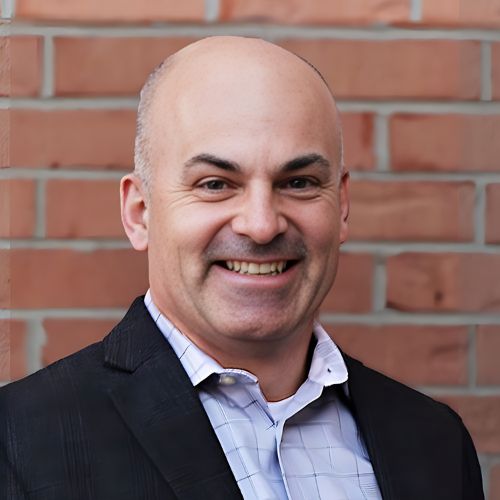Incentivizing AE Firm Employees to Stay – ESOP vs. Direct Ownership

Working with AE firms nationally, SN’s AE Advisory team has seen an increased interest in firms that want to explore broader-based ownership models. Broader ownership can vary significantly from a single owner selling shares to 4-5 key employees to an Employee Stock Ownership Plan (ESOP) where everyone is an owner. Both ends of this spectrum have unique benefits, challenges, and complexities. Still, the foundational consideration for what model would work best for you is firm culture – your current culture and the culture you want. This blog focuses on the connection between ownership culture and retention because you can’t incentivize or offer any form of ownership to employees who quit.
For firms that consider broad ownership, we find that they are primarily motivated by three drivers:
- Retain key employees who want to be owners but do not want to run the firm.
- Incentivize employees to think and act like owners (nobody washes a rental car).
- Increase opportunities for liquidity for retiring shareholders.
Retention, Retention, Retention
Ownership can support retention in two ways that are typically connected; legal and voluntary. In a firm that will remain generally closely held, all shareholders should sign an agreement that binds them to the firm. It can be legal as in non-compete and non-solicitation clauses in the Shareholder Agreement, or it can be in the form of vesting schedules and reduced value for the shares in the case of voluntary termination before retirement. Those legal forms of retention are usually well defined and well understood before an employee agrees to be an owner.
The voluntary form of retention – financial benefits, are much less certain but generally provide the strongest motivation for ownership. Essential employees who help to direct and grow the firm can be retained by giving them some of the value they helped to create. While all employees can receive bonuses, only owners can build long-term value through share appreciation. Even successful firms can struggle to generate enough cash to both grow the firm and pay meaningful bonuses each year. But if calculated correctly, successful firms are always creating shareholder value. Understanding that value creation can motivate some employees to behave like owners even before they become one.
Finding owners and creating a culture based on owner-like behavior is challenging for many AE firms. The unique attitudes and preferences of the newer generations of employees aren’t necessarily drawn to the certainty of owner restrictions and the uncertainty of the economic rewards of ownership. For many next-generation leaders, risk perception is strong, and the opportunity for wealth creation is weak. It’s not that the next generation doesn’t want to be owners or doesn’t know how to work in a way that creates value; it’s the terms and conditions of ownership that aren’t attractive.
Enter the ESOP
An ESOP is ownership for all without any undesirable restrictions – in other words, a broad-based ownership model in a box delivered by the laws of the United States. But do ESOP companies in the AE industry have better retention rates and cultures based on a mindset of ownership?
According to many consulting firms that help AE firms implement ESOPs and the National Center for Employee Ownership, the answer is “YES.”
However, we decided to do our own research on a smaller scale by interviewing the CEOs of 20 ESOP AE firms. When asked the same question about ESOPs leading to better retention and culture, the overwhelming answer was “it depends.” We conducted these interviews to understand real-life ESOP experiences. It wasn’t surprising that firm culture was a major topic in all our conversations. An attractive and engaging culture is recognized as a strong retention tool, and an ownership culture can be attractive, but here is where the “it depends” qualifier comes in. We often heard that an ESOP can support an ownership attitude in AE firm employees, but you can’t make people act like owners by implementing an ESOP. It boils down to how an ownership culture is supported more than what tool is used (an ESOP).
Join us for our upcoming webinar, ESOPs, an AE Workforce Advantage, where we’ll share strategies implemented by AE firm CEOs and tips for effectively building a culture that prioritizes retention.



